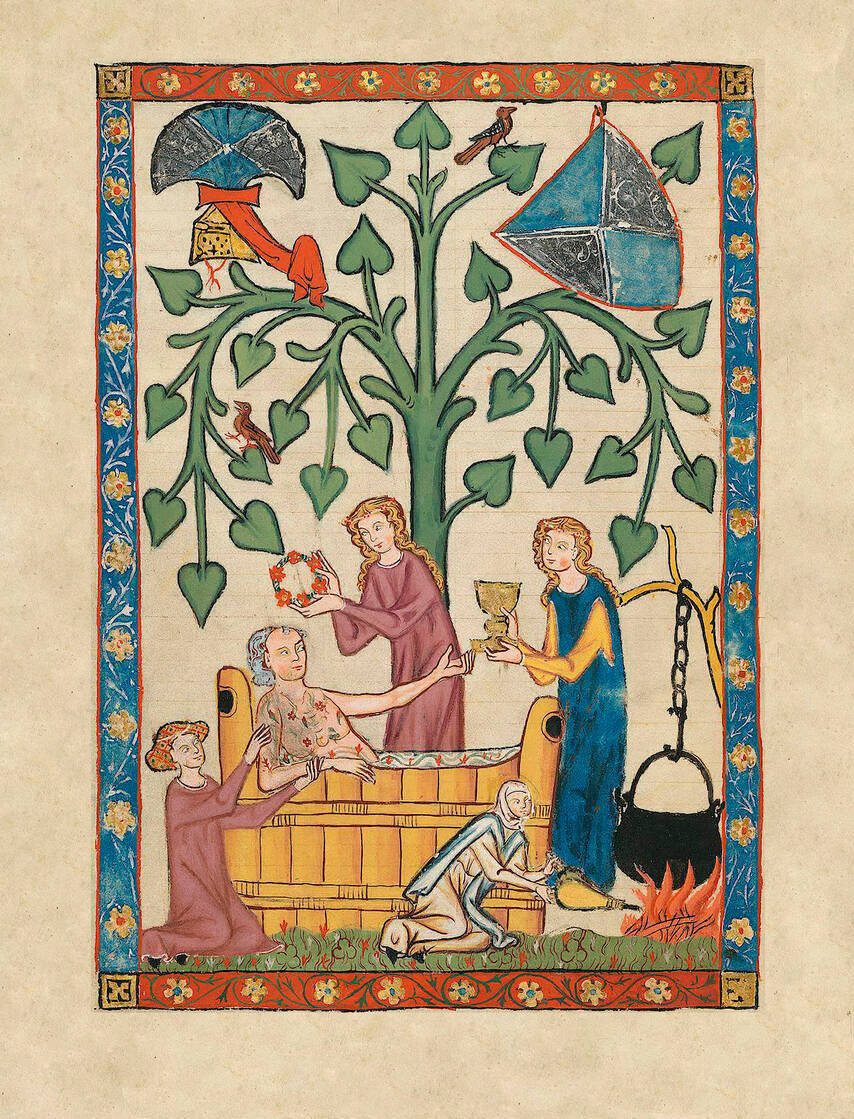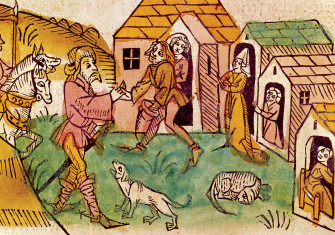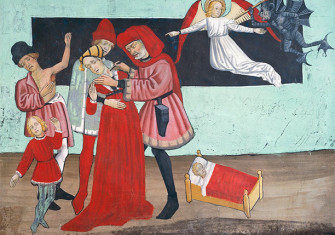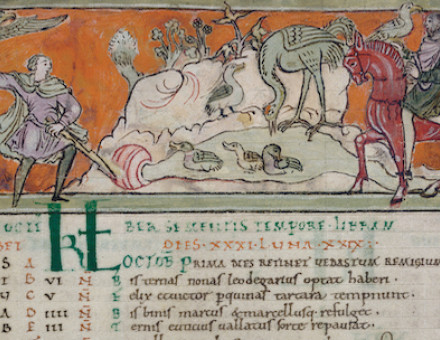The Flies, Fleas and Rotting Flesh of Medieval Monks
Repulsive revelations of bodily infestations were viewed by some in medieval Europe as proof of sanctity. But for most, parasites were just plain disgusting.

In December 1170, in the hours after the shocking murder of Thomas Becket, the monks of Canterbury Cathedral prepared his body for burial. While doing so, they made a surprising discovery: the archbishop, a former courtier who was not particularly known for his piety, was wearing hair undergarments. What was more:
This goat hair underwear was swarming, inside and out, with minute fleas and lice, masses of them all over in large patches, so voraciously attacking his flesh that it was nothing short of a miracle that he was able to tolerate such punishment.







